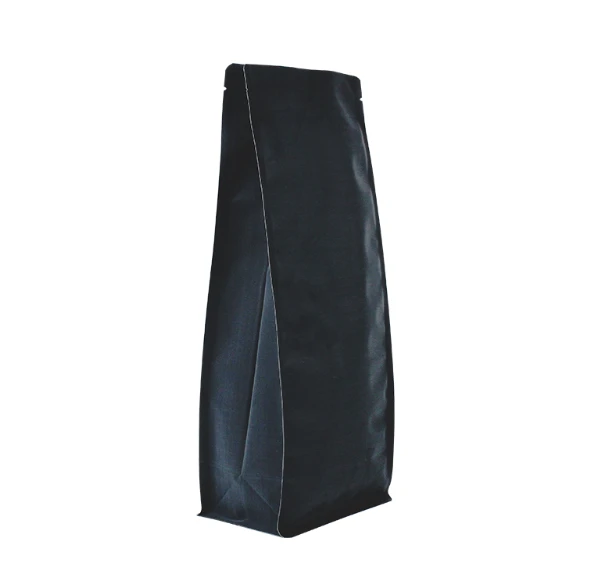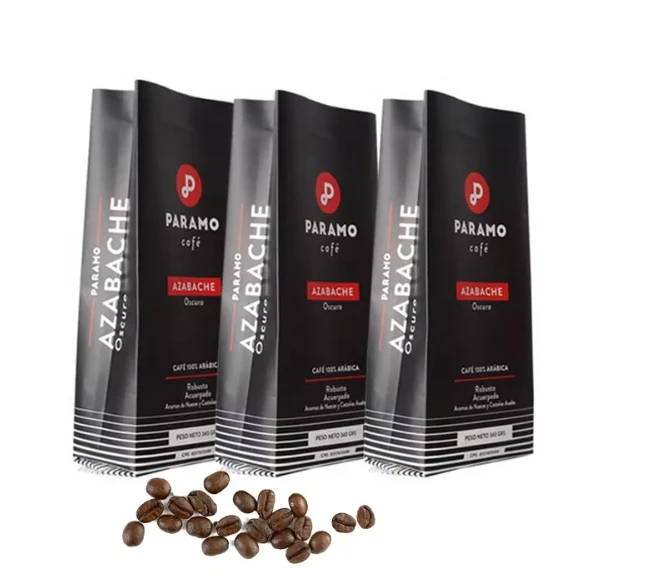- Afrikaans
- Albanian
- Amharic
- Arabic
- Armenian
- Azerbaijani
- Basque
- Belarusian
- Bengali
- Bosnian
- Bulgarian
- Catalan
- Cebuano
- chinese_simplified
- chinese_traditional
- Corsican
- Croatian
- Czech
- Danish
- Dutch
- English
- Esperanto
- Estonian
- Finnish
- French
- Frisian
- Galician
- Georgian
- German
- Greek
- Gujarati
- haitian_creole
- hausa
- hawaiian
- Hebrew
- Hindi
- Miao
- Hungarian
- Icelandic
- igbo
- Indonesian
- irish
- Italian
- Japanese
- Javanese
- Kannada
- kazakh
- Khmer
- Rwandese
- Korean
- Kurdish
- Kyrgyz
- Lao
- Latin
- Latvian
- Lithuanian
- Luxembourgish
- Macedonian
- Malgashi
- Malay
- Malayalam
- Maltese
- Maori
- Marathi
- Mongolian
- Myanmar
- Nepali
- Norwegian
- Norwegian
- Occitan
- Pashto
- Persian
- Polish
- Portuguese
- Punjabi
- Romanian
- Russian
- Samoan
- scottish-gaelic
- Serbian
- Sesotho
- Shona
- Sindhi
- Sinhala
- Slovak
- Slovenian
- Somali
- Spanish
- Sundanese
- Swahili
- Swedish
- Tagalog
- Tajik
- Tamil
- Tatar
- Telugu
- Thai
- Turkish
- Turkmen
- Ukrainian
- Urdu
- Uighur
- Uzbek
- Vietnamese
- Welsh
- Bantu
- Yiddish
- Yoruba
- Zulu
pantone colors illustrator
Understanding Pantone Colors in Adobe Illustrator
Color plays a crucial role in design and branding, serving as the first point of communication between your work and your audience. One of the most recognized systems for color matching is the Pantone Color Matching System (PMS). When we think about color in graphic design, particularly in Adobe Illustrator, Pantone colors become a vital tool for creating striking visuals that maintain color consistency across different media.
What is Pantone?
Founded in 1963, Pantone is a standardized color reproduction system. Unlike RGB (Red, Green, Blue) or CMYK (Cyan, Magenta, Yellow, Black) color models which vary significantly from one device to another, Pantone colors provide a universal language for identifying and matching colors. This is particularly crucial for brand consistency, as clients expect to see the same color across all platforms, whether in print materials or digital formats.
Why Use Pantone Colors?
Using Pantone colors ensures that your designs look exactly how you want them to across different mediums. For brands, this consistency helps maintain their identity. A common example is Starbucks’ green, which is instantly recognizable. If the color varies in marketing materials, it can lead to confusion and brand dilution.
In Illustrator, Pantone colors are invaluable for designers. They allow for precise color selection and assurance of fidelity in prints, ensuring that the color matches the expectation set by the brand guidelines.
How to Access Pantone Colors in Illustrator
To work with Pantone colors in Adobe Illustrator, you can access them easily through the software’s Color Libraries. Here’s a simple step-by-step guide
1. Open a New Document Start Illustrator and create a new document. 2. Access the Swatches Panel Go to the “Window” menu and click on “Swatches” to open the Swatches panel.
pantone colors illustrator

3. Open Color Libraries In the Swatches panel, click on the dropdown menu icon at the top right corner. Select “Open Color Library.”
4. Choose Pantone From the list, select “PANTONE Solid Coated” or “PANTONE Solid Uncoated,” depending on your project needs.
5. Select Your Color Browse or search for a specific Pantone color by its number or name. Once you find the desired color, you can add it to your swatches for easy access in your design.
Tips for Using Pantone Colors
1. Always Check Contrast The vibrancy of a Pantone color may differ when printed. Make sure to test and check how your colors look on the chosen media.
2. Use Pantone for Spot Colors If you are designing for print, using Pantone for spot colors can save you from the troubles of color variations that often accompany CMYK printing.
3. Combine with RGB/HEX While Pantone colors are great for print, many screens are RGB-based. Consider using Pantone colors alongside their RGB or HEX equivalents to ensure your designs retain their beauty in both print and digital formats.
4. Stay Updated Pantone updates its colors regularly, so staying updated with the latest palettes can inspire creativity and keep your work fresh.
Conclusion
Incorporating Pantone colors into your Adobe Illustrator workflow can elevate your designs and streamline the processes of color selection and brand management. By understanding and utilizing this color system, you not only enhance the visual appeal of your projects but also ensure consistency that aligns with brand standards. As a designer, mastering Pantone colors will undoubtedly be an essential skill in your creative toolkit, allowing you to communicate more effectively through the power of color.













